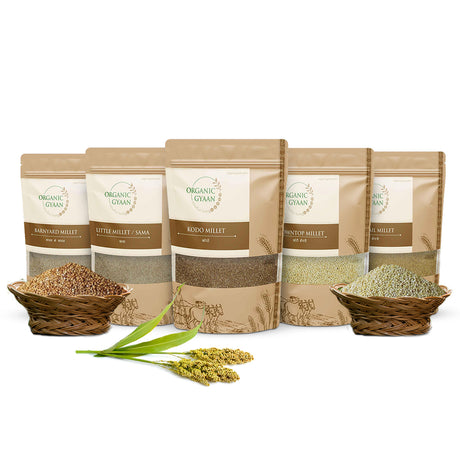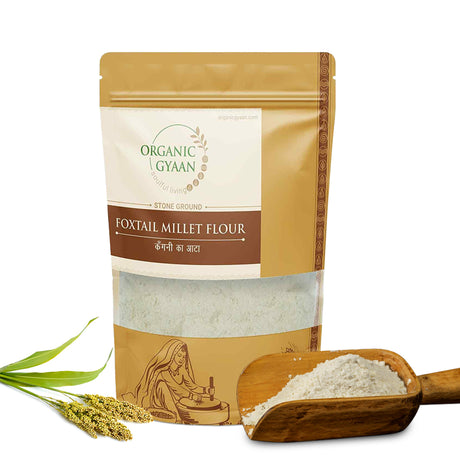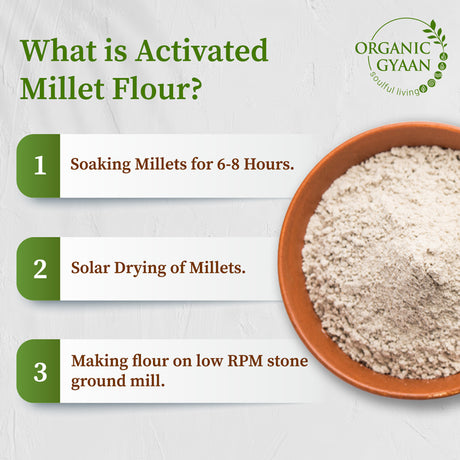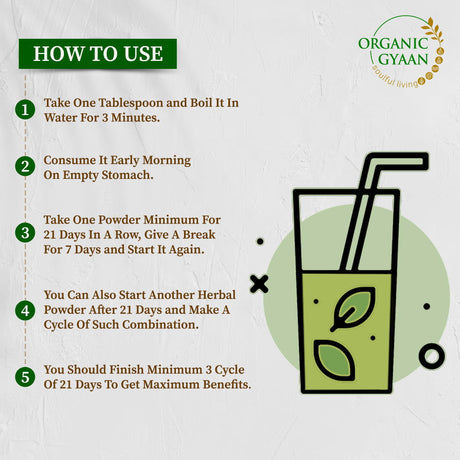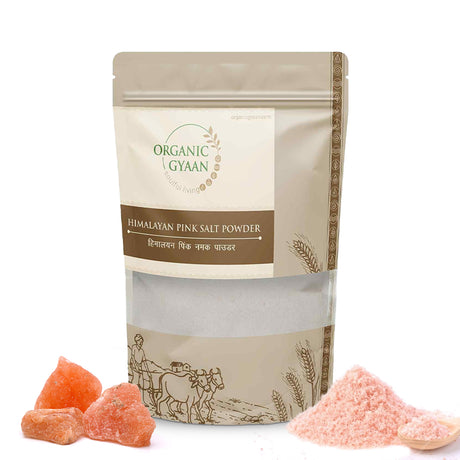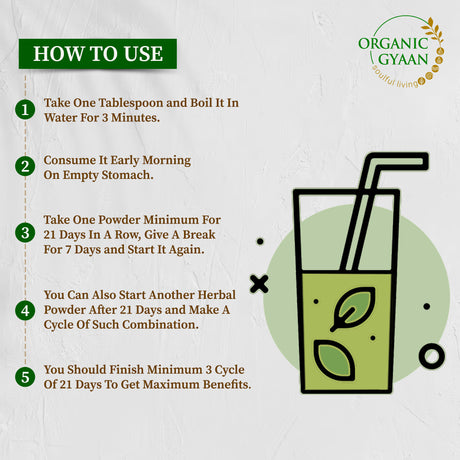Did you know your daily habits—like when you eat, how much you move, or how you sleep—can make or break your blood sugar control? Yes, managing diabetes isn’t just about what you avoid—it’s about the life you live every day.
With millions of people across the globe living with diabetes, it’s no surprise that conversations around natural diabetes management are more important than ever. And while medications are essential in many cases, your daily routine and lifestyle choices play a powerful role in how your blood sugar behaves.
So, if you’ve been asking yourself, “How can I naturally support my sugar levels?” or “What small changes will really make a difference?”—this guide is for you.
Why Lifestyle Is Key in Diabetes Management
Let’s face it—life gets busy. But when you're living with diabetes or even prediabetes, those small daily habits matter more than we realize. What you eat, how active you are, whether you're getting enough sleep—all of these factors directly impact your blood sugar.
That’s where the concept of lifestyle diabetes management comes in. Rather than relying only on medications, this approach encourages consistent, intentional living that supports your body’s ability to maintain healthy glucose levels.
Everyday Factors That Affect Blood Sugar
Here are some of the most common daily triggers that influence blood sugar levels—often without us realizing:
1. Food Choices & Timing
Your meals have the most immediate effect on your blood sugar. It’s not just what you eat, but also how much, when, and how you combine your foods.
What to Do:
- Follow the plate method: Fill half your plate with non-starchy veggies, a quarter with protein, and the last quarter with whole grains or healthy carbs.
- Limit refined carbs like white rice, white bread, sweets, and chips—they cause quick sugar spikes.
- Try carbohydrate counting if you take insulin or need to monitor your carb intake more closely.
- Don’t skip meals—doing so can lead to highs and lows that are harder to manage.
Tip: Include more fiber-rich foods like millets, whole grains, legumes, and vegetables to slow sugar absorption.
2. Physical Activity
Movement is one of the most powerful natural tools to lower blood sugar. It helps your muscles use glucose for energy and increases insulin sensitivity.
What to Do:
- Aim for at least 30 minutes of physical activity 5 days a week.
- Go for a walk after meals—even 15 minutes can reduce post-meal sugar spikes.
- Mix cardio with strength training if possible.
Bonus: Exercise also helps manage stress and supports better sleep—both of which impact your blood sugar too.
3. Sleep Patterns
You might not think sleep matters much when it comes to blood sugar, but it does—a lot. Poor sleep can mess with your insulin sensitivity and make you crave sugary or high-carb foods the next day.
What to Do:
- Stick to a regular sleep schedule—go to bed and wake up around the same time daily.
- Aim for 7–8 hours of quality sleep.
- Avoid screens, heavy meals, or caffeine close to bedtime.
4. Stress Levels
Stress releases hormones like cortisol that can raise your blood sugar levels, even if you haven’t eaten anything sugary. Long-term stress also leads to emotional eating or poor sleep—both of which throw your sugar out of balance.
What to Do:
- Try deep breathing, yoga, or meditation for 5–10 minutes daily.
- Spend time doing things that make you happy—gardening, painting, listening to music, or connecting with loved ones.
- Journaling or gratitude writing can help keep your mindset calm and grounded.
5. Hydration
When you’re dehydrated, your blood sugar becomes more concentrated. Staying well-hydrated helps your kidneys flush out excess glucose through urine.
What to Do:
- Aim for 8–10 glasses of water a day.
- Choose herbal teas like fenugreek, cinnamon, or tulsi, which support sugar control.
- Avoid sugary drinks, sodas, and fruit juices—they cause sugar spikes and lead to dehydration.
Lifestyle Changes for Better Diabetes Management
So how can you bring all this together into a simple, manageable routine? Here are some realistic and powerful changes you can start making today:
1. Start Your Day With Warm Water & Herbs
A mix of warm water with neem powder, fenugreek, or a dash of cinnamon can kickstart your metabolism and support digestion.
2. Switch to Whole, Traditional Grains
Replace polished white rice with millets, quinoa, or whole wheat. These have a lower glycemic index and offer sustained energy.
3. Walk After Meals
A light 10–15 minute walk after lunch and dinner helps bring sugar levels back down naturally.
4. Use the 80/20 Rule
Make 80% of your food healthy, unprocessed, and full of color. Leave room for occasional treats, so you don’t feel deprived.
5. Use a Simple Planner
Map out meals, water intake, movement, and rest for each day. Staying organized reduces stress and increases mindfulness.
How to Lower Blood Sugar Naturally – A Sample Day Plan
| Time | Routine |
|---|---|
| 6:30 AM | Wake up, drink warm water with cinnamon or fenugreek |
| 7:00 AM | 15-min walk or light yoga |
| 8:00 AM | Breakfast: Millet upma + herbal tea |
| 10:30 AM | Snack: Handful of almonds or boiled sprouts |
| 1:00 PM | Lunch: Brown rice, dal, sabzi, cucumber salad |
| 3:30 PM | Herbal tea + roasted chana |
| 6:00 PM | 15-min walk |
| 7:30 PM | Dinner: Khichdi or soup with veggies |
| 9:00 PM | Wind down: No screens, relax, read or journal |
| 10:00 PM | Sleep |
Start Where You Are. Build From There.
No matter where you’re starting from, the best thing you can do is start small. Pick one habit—like drinking more water, walking after dinner, or switching from white rice to millets. Let it become part of your day. Then add another.
You don’t need to be perfect. You just need to be consistent.
Have a question or a tip that’s helped you manage your blood sugar? Share it in the comments—we’d love to hear from you!
Want a free lifestyle planner or a natural diabetes wellness guide? Let us know and we’ll send it your way.


